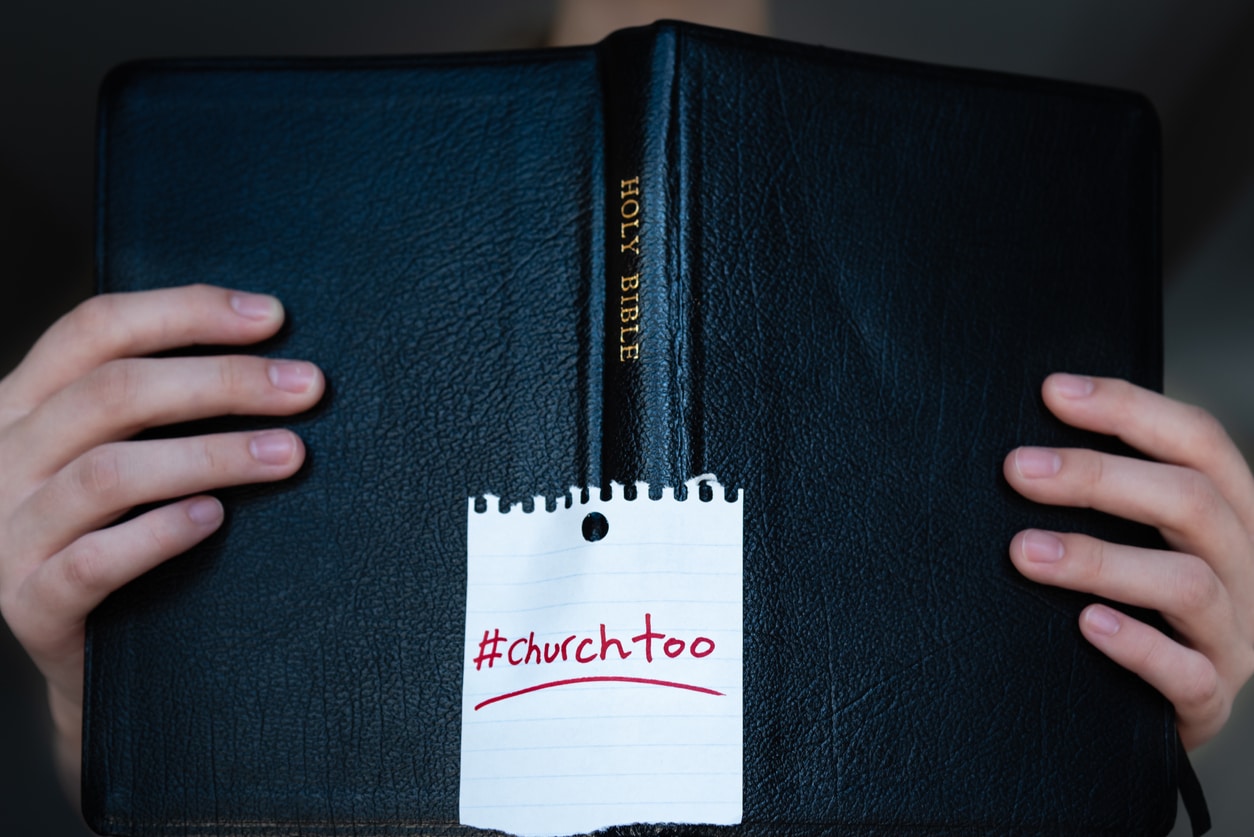Proposed Class Action Settlement Gives UCLA Gynecologist Sex Abuse Victims Relief
Gynecological exams are important parts of women’s health. They are also often uncomfortable. But UCLA gynecologist James Heaps took his victims’ discomfort one step further, turning a necessary medical exam in to sex abuse. Now a proposed class action settlement could give all his patents some long-awaited relief.
UCLA Gynecologist Heaps Took Sexual Advantage of Patients
Julie Orsatti says she has flashbacks of Dr. James Heaps sexually assaulting her on the exam table. In 2019 she told USA Today that Heaps, a prominent gynecological oncologist working for the University of California, Los Angeles (UCLA), gave her false diagnoses of gynecological cancer to keep her coming back to see him every few months. She said “He had his hands all over my body.”
Orsatti is one of more than 100 patients who have raised sex abuse complaints against Heaps. Ellen Carter, another of Heaps’s victims described his actions as:
“Using his entire hand and palm of his hand all over, lingering for too long. . . . And looking and telling me that my breasts were beautiful.”
A third victim, Gabriela Vasquez has an even more chilling tale. She told USA Today that Heaps used an ultrasound instrument to forcibly simulate the act of having sex with her.
Orsatti, Carter, and Vasquez were among more than 200 women who reported sexual assault complaints to UCLA for Heaps’s behavior between 1983 and 2018. In response to the reports, California has revoked James Heaps’s medical license. He now faces criminal charges for sexual battery based on his actions against seven women. Heaps has pleaded not guilty to the charges, and criminal case is still pending.
University Agrees to Class Action Settlement with All James Heaps’ Patients
However, many of the women who experienced sexual abuse say that UCLA was partially responsible for his behavior. Seven plaintiffs sued the university on behalf of the more than 6,600 women Heaps treated while part of the student health center and UCLA Medical Center. UCLA said it began to investigate Dr. Heaps in December 2017, but he was allowed to retire the following year after the university declined to renew his contract.
The lawsuit ultimately settled in November 2020 with a proposed settlement agreement that would make $73 million available to Dr. Heaps’s sexual assault victims. Under the class-action portion of the lawsuit, James Heaps’s more than 6,600 patients will be entitled to at least $2,500 even if they have not come forward with sex abuse allegations. Those who were minors at the time of treatment and those who experienced more severe forms of sex abuse could be entitled to far more, $250,000 or more based on their individual experiences. UCLA will also pay the plaintiffs’ legal fees in addition to the settlement amount. The settlement was preliminarily approved by the federal district court judge on January 11, 2021.
Even those injured early in Dr. Heaps’s career may have a claim. In October 2020, California Gov. Gavin Newson signed a new law creating a one year window for victims to file legal claims against Heaps and UCLA even if their claims would otherwise be too old under the state’s statute of limitations. More than 100 former patients have already filed individual lawsuits. Others will be able to opt out of the class action if they believe their claim is different or more severe.
Class Action Lawsuit Leads to Changes in UCLA Sex Abuse Safety Policies
In addition to the financial part of the settlement, UCLA is also agreeing to make significant changes to the way things happen in its medical center. The goal is to protect patient safety going forward. Based on the settlement, UCLA has agreed to:
- Implement a new process to investigate complaints of sex assault, sexual harassment and misconduct
- Institute a formal chaperone policy
- Train medical personnel on boundaries
- Advertise patients’ reporting options
- Investigate potential misconduct allegations when credentialing medical staff
- Have their compliance monitored by an independent agent
These kinds of policy changes can be hard to win in an individual lawsuit. However, class actions demonstrate systemic problems and can more easily lead to systemic changes. While the relief granted to the individual patients and sex abuse victims is important, the changes UCLA has promised are designed to make sure that kind of sexual abuse never happen again.
At Eisenberg & Baum, LLP, team of sexual abuse attorneys know how to use the tools of individual and class action lawsuits to get relief for sex abuse victims. If you have been sexually assaulted by a medical provider, we can speak with you from our headquarters in the heart of New York City, or conference with you remotely, to help you get compensation for the harm done. Contact Eisenberg & Baum, LLP, today to talk to a sex abuse attorney.










